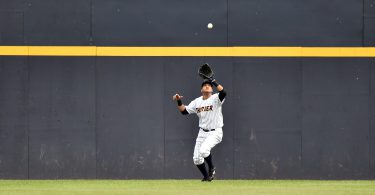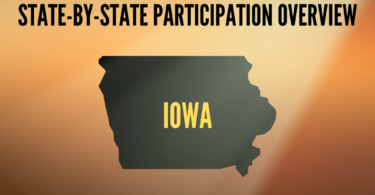The D1 Council met this week in Indianapolis and has adopted rule changes for transfer requirements and the recruiting calendar. We detail the changes below.
Transfer Rule Change
Old Transfer Rules:
Transfer status was triggered when any student-athlete started taking classes on campus and a 1-year participation penalty forced players transferring from one D1 program to another to sit out a year of competition unless they obtained a waiver from the NCAA. Transfer rules applied equally to scholarship players and walk-ons.
New Transfer Rule (Effective for students who transfer to new schools this fall):
- Incoming freshman who have enrolled in summer school and received athletic aid may transfer and play immediately without a waiver if their head coach departs before the first day of classes for the fall term.
- Walk-on student-athletes (student-athletes who receive no athletic aid) on teams and unrecruited walk-ons can transfer and play immediately without a waiver.
- Student-athletes may not compete for two different schools in championship season in the same academic year.
Effective Date:
Effective for students who transfer to new schools this fall.
What it Means for Recruits:
This is a win for walk-ons, who will be able to explore other financially viable options, and first year players, who will be able to transfer if the coach that recruited them leaves before the start of the season, even if they have already taken summer classes. Perhaps lost in this rule change among casual observers will be the indirect impact it will have on scholarship players, who will have even more pressure to perform or lose scholarship. With scholarship limits capped at 11.7 (and often less), coaches will feel pressure and be incentivized to have their best performing players on scholarship (so they don’t leave or get recruited elsewhere). This will make things particularly hard on resource-limited programs. Allowing players to switch course when the coach who recruited them leaves is great. It keeps the focus on the players experience and protects them against being stuck with a coach they don’t jive with. Overall, the big winners here are walk-on players, who can bet on themselves and take risks while still being able to transfer to a school that is more affordable or a better opportunity without penalty if things don’t work out. Overall, this is a step closer to the 1-time open transfer policy idea that has been floated, which would allow any player to transfer D1 to D1 without sitting a year one time.
Recruiting Calendar Changes
Click HERE to see the finalized 2019-2020 D1 Baseball recruiting calendar. We note some of the changes below:
Additional Dead Periods
- Following conference tournaments (May 27-June 3, 2019)
- First weekend of the College World Series covering Father’s Day weekend
- A three-day period around July 4th (July 3-5)
Extended Quiet Periods
- The new end of summer dead period will now last from August 20 to September 13
- A 3-week extension will be added at the end of fall/beginning of winter, making the new quiet period start on October 15 (rather than November 10)
What it Means for Recruits
The changes to the recruiting calendar have essentially taken coaches off of the road recruiting for an additional month during the summer and fall recruiting seasons. This places a premium on having a plan in place to get in front of college coaches and understanding the way the recruiting calendar works. With a smaller window to see you play, contacting coaches and engaging with them when they will still have time to evaluate you in person will be important. It will also place added emphasis on being able to provide coaches with recruiting video and other tools to better evaluate you before they come out to games. The overall impact remains to be seen, but one benefit is that it will allow players focusing on exposure the opportunity to shut down a full 3 weeks earlier in the winter (a win for health). The hope here is that players will face a reduced injury risk from prolonged on-field competition. From a training and preparation standpoint, it gives players 3 more weeks to use in their off-season schedule. Shutting down earlier in the fall can mean 3 additional weeks for on-ramping (getting the arm in shape) for the spring season or 3 more weeks of training. While less opportunities to be seen on the field take from recruiting, it gives to development and players with a good plan will be rewarded for using those additional 3 weeks wisely!
Sources
Thanks to Aaron Fitt, Kendall Rodgers and D1Baseball.com for their coverage of the rule changes when they first broke. The following two articles were used to help verify information.
http://www.ncaa.org/about/resources/media-center/news/di-council-adjusts-transfer-rules
https://d1baseball.com/news/abca-primer-2019-hot-topics/







